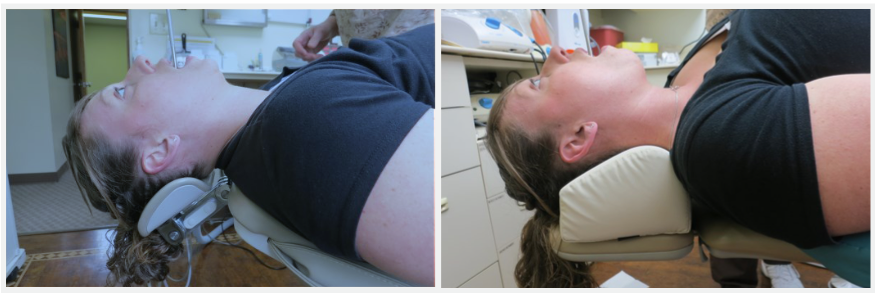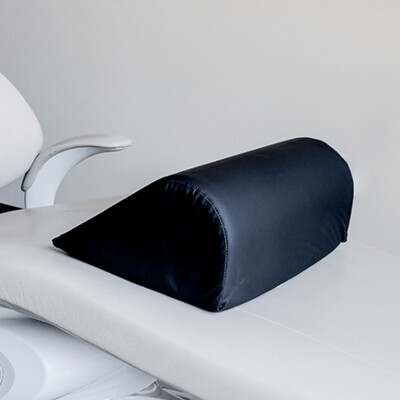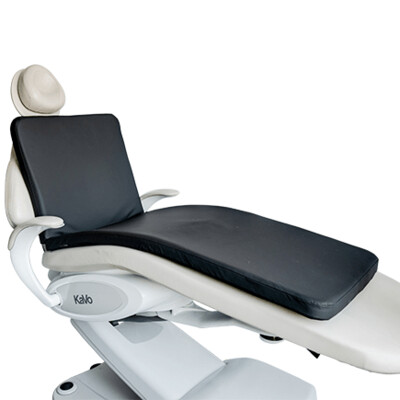How the Occlusal Plane is Causing Pain in Dentists

The occlusal plane, the imaginary plane that is formed by the occlusal surfaces of a person’s teeth when they close their jaw, is well known to anyone who has studied dentistry. But did you know that its importance extends beyond dental treatment? It helps with more than giving a patient a straight, pleasant smile. It can also help prevent musculoskeletal pain in dentists and hygienists who are tasked with working on patients for long hours throughout the day.
But how?
Why the Occlusal Plane Matters?
Patient positioning is vitally important for dentists. It not only helps patients remain still and comfortable during treatment, it also allows operators to maintain proper posture while they treat. The occlusal plane plays a large role in patient positioning, and controlling it is something that every dental clinician should learn in order to protect themselves from a developing musculoskeletal pain in the future.
The optimal angle for the occlusal plane during treatment is 20-25 degrees behind the vertical. This will allow the mouth to open wide enough to give dentists and hygienists access to every area of the patient’s mouth, especially the hard to reach teeth located in the back of the mandible and maxilla. Normally, reaching these teeth requires dentists and hygienists to lean forward and/or twist themselves into an uncomfortable position during treatment, leading to inevitable musculoskeletal pain. If the proper position of the occlusal pain is maintained, this issue becomes much more manageable.
There’s One Problem with This
It’s not very comfortable for a patient to stay in a position where their occlusal plane is 20-25 degrees behind the vertical. While dental chairs with double articulating headrests make it possible for a patient to be positioned in this way, they generally struggle to maintain it, especially if the procedure or cleaning is taking longer than a few minutes. This discomfort, especially for those who suffer from dental anxiety, is enough to cause patients to complain. In the worst-case scenario, they will not want to return to a practice that forces them to keep their head in this position.
The Solution
Maintaining this position of the occlusal plane should be a priority for dentists and hygienists who want to remain pain free throughout their career, but they don’t have to anger their patients or ruin their practice in doing so. There is a simple product that makes holding this position easy and comfortable for patients no matter which type of dental chair they are seated in.
Dental headrests, particularly our Crescent Products Low-Profile Headrest, which is designed specifically for use in dental chairs with double articulating headrests, can help patients maintain the proper positioning during treatment. They allow you to perfectly control the position of the occlusal plane and work comfortably all day long.


